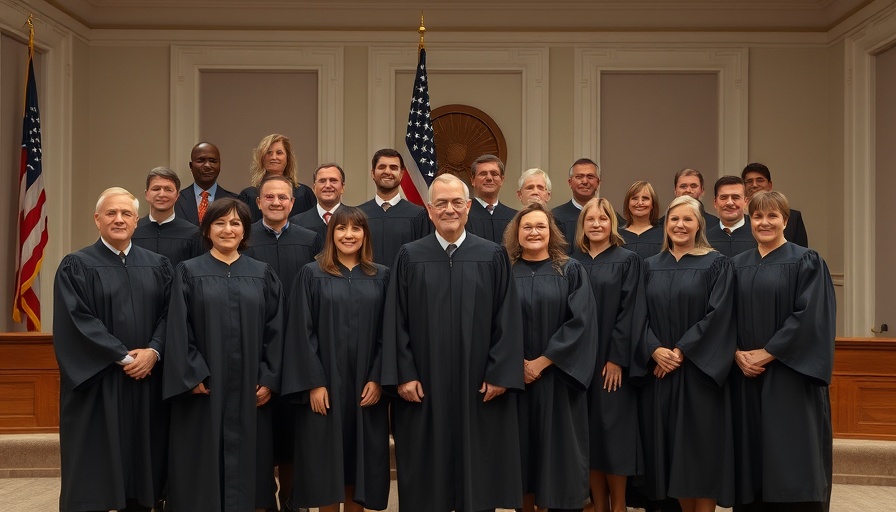
Understanding the Tragedy: Recent Horse-Buggy Accidents
In the quiet countryside of Southwest Michigan, tragedy has struck twice in a matter of weeks, highlighting concerns over road safety for horse-drawn buggies and their occupants. An 8-year-old Amish girl was killed, and a 12-year-old boy critically injured when an SUV collided with their horse-drawn buggy in Van Buren County. Just days earlier, a 27-year-old Amish man lost his life in a similar incident. These heartbreaking events are not isolated; statistical reports from Michigan State Police reveal that between 2016 and 2023, 18 individuals lost their lives in 261 crashes involving horse-drawn vehicles.
A State Response: The $70,000 Grant Initiative
In light of these alarming occurrences, a $70,000 state-funded initiative is being launched in Branch, Hillsdale, and St. Joseph counties to enhance safety measures for these vulnerable road users. "This grant marks a significant step toward acknowledging and addressing the safety needs of the Amish community, who rely on buggies for transportation," stated Quinn Passmore from the Michigan State Police’s Office of Highway Safety Planning.
Why Are Horse-Drawn Buggies At Risk?
The presence of horse-drawn buggies is a common sight in rural Michigan but poses unique challenges and risks. As traditional forms of transportation, Amish buggies often lack the visibility and protection afforded by modern vehicles. With a mix of local traffic and long stretches of open road, drivers may not always be prepared for horse-drawn buggies sharing the road.
Crosswatch: Taking Preventive Measures
As part of the initiative, local communities and health agencies will not only raise awareness among drivers but will also introduce practical measures to improve safety. Communications strategies may include road signs reminding drivers of buggy crossings and community workshops focused on safe driving practices. Integrating thermal imaging technology and automated traffic enforcement has also shown promise in preventing similar accidents in urban areas.
Creating Safe Spaces: A Shared Responsibility
The responsibility for safety on the roads is not solely on drivers; it also lies with local authorities, community members, and vulnerable road users themselves. Ample education and community involvement can foster a culture of respect and caution among all road users. Organizing local forums in Amish communities wherein safety measures are discussed, and shared experiences are voiced might help mitigate collision risks.
A Moving Forward: Future Predictions and Community Impact
Looking ahead, stakeholders hope the success of this grant initiative will spur similar efforts throughout Michigan. "This is only the beginning. By recognizing and acting upon the needs of vulnerable road users, we can facilitate safer travel for everyone," Passmore remarked. As awareness grows and additional funding becomes available, it is anticipated that better safety measures will be established statewide.
Conclusion: The Call for Vigilance and Empathy
The heart-wrenching losses of young lives remind us of the fundamental need for awareness and vigilance on the roads—especially in rural areas where horse-drawn buggies are a part of daily life. As Michigan moves forward with safety initiatives, it is imperative for all community members to engage in discussions about road safety, ensuring that respect is shown to all forms of transportation on our roads. The ongoing push for heightened awareness and safety improvements seeks not just to prevent future tragedies but to cultivate understanding among diverse road users.
 Add Row
Add Row  Add
Add 




 Add Row
Add Row  Add
Add 

Write A Comment